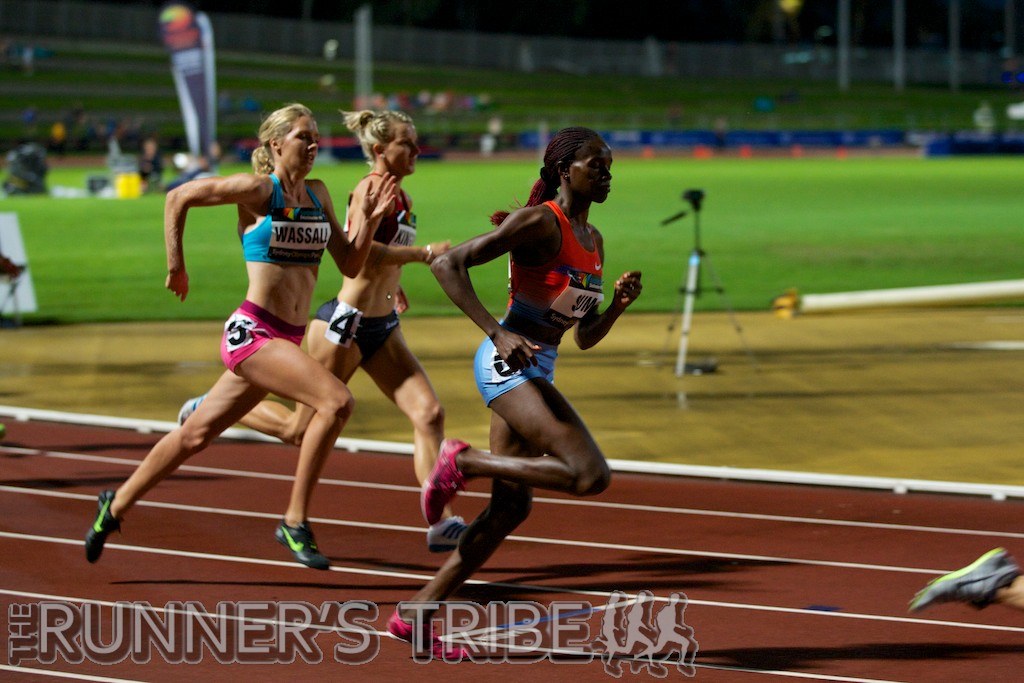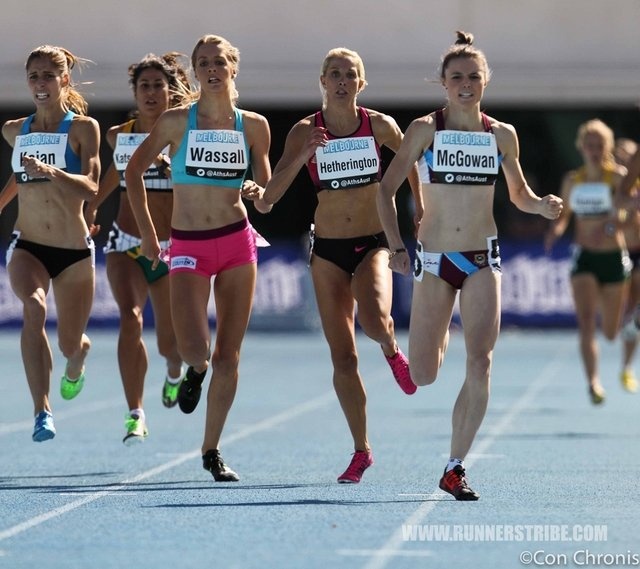By Georgia Wassall
After years of being unable to compete due to recurrent injuries, my goal for the 2020 season was to enjoy racing and rediscover my competitive instinct. I managed to do this successfully before our athletics season came to a premature end for us all. Although this was disappointing, I think it has taught us to keep perspective. Not long after this, I was reminded again that health must come first.
I have recently had an experience that I’d like to share with the running community, recreational and elite, coaches and athletics officials, as we all spend so much time in the sun enjoying our sport.
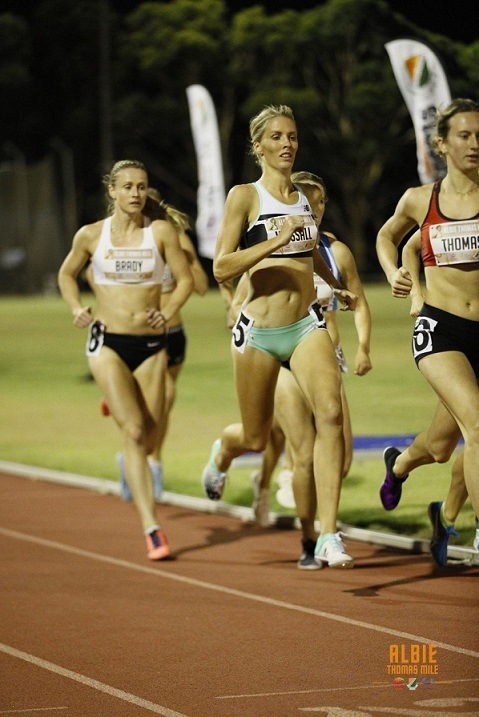
A few weeks ago, I visited my family who live just north of Sydney. My Dad, a Skin Cancer doctor, was testing a new piece of diagnostic equipment that had just been delivered to our home. On requesting a volunteer to facilitate a demonstration, I promptly planted my foot in front him, presenting him with a random mole on my foot. My Dad surprisingly noticed some abnormal features which were concerning and arranged for an excisional biopsy to remove the mole.
The biopsy resulted in a diagnosis of melanoma. Fortunately for me, it was a very early one, meaning it hadn’t spread beyond the skin. However, if it had not been for the extraordinary circumstances that led to my Dad finding this mole, I may have not been so lucky.
Following my diagnosis, I have given much thought to the risks we are exposed to as an athletics community. I wanted to share my experience in order to raise awareness and provide ideas of how to minimise our risk.
Melanoma is a type of skin cancer which usually occurs to parts of the body that have been over exposed to the sun. However, rare melanomas can also occur inside the eye, or skin that has never been exposed to the sun. In 2019, melanoma was the third most diagnosed Cancer in Australia, and we have the highest incidence of melanoma in the world. Melanoma does not discriminate against age, being in my 20s did not make me invincible. In 2019, melanoma was the second most diagnosed cancer for individuals aged between 24-49.
There are some risk factors that we cannot change, including family history in a first degree relative, fair skin, having a large number of moles and interestingly, where we lived for the first 10 years of our life (i.e. growing up in a country with high UV index such as Australia.) There are, however, several things that we can control to reduce our risk. Try to minimise sunburn by wearing sunscreen, a hat and glasses and never use solariums. As a runner, one of the best things we can do is avoid being outside for extended periods of time between 10am and 4pm, as this is when the UV index is highest. This means trying to do our long runs and sessions in the early morning and late afternoon, and perhaps using the middle of the day for gym sessions.
We can also be proactive by having yearly skin checks. Reflecting on my own experience, if you are in your 20s and have one of the above risk factors, you are not too young to get checked. You should also get a skin check if you have any moles you are concerned about. That raises the question, what exactly is a mole that you should be concerned about?
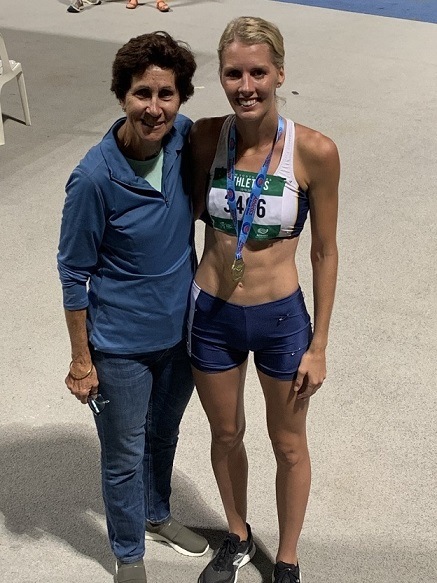
There is a simple acronym, “ABCDE”, which acts as a guide when looking for moles that could potentially be melanomas. Asymmetry, moles that are irregular shape or different from others. Border, where the border of a mole is uneven or appears raised. Colour, a mole may change in colour, have different colour shades, or become blotchy. Diameter, usually over 6mm, however with improved diagnostic techniques melanomas are being diagnosed smaller- mine was just 2mm! And finally- Evolving, looking for moles that are changing in size, colour or shape, as well as taking note of any new moles.
Below is a photo of my melanoma, which looks very unsuspecting to the naked eye. Even though it’s important to check our skin ourselves, getting a skin check by a Doctor, using special diagnostic equipment, may reveal something more sinister.
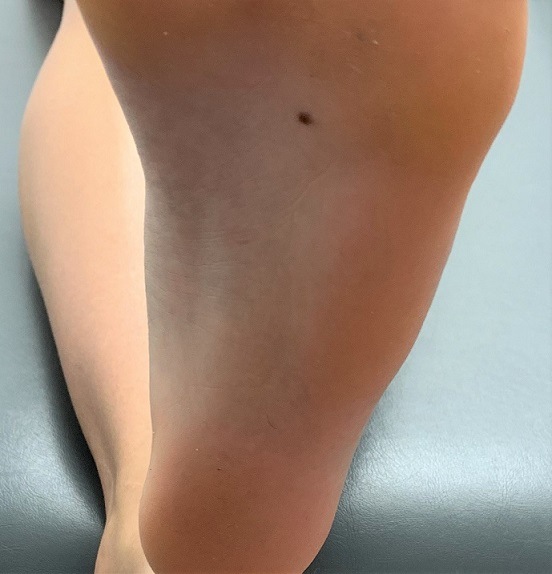
As I mentioned, I was lucky in my case to be diagnosed with a melanoma in its very early stages. The only further treatment I needed was a wide excision, a surgical procedure to ensure a safe margin to reduce the risk of the mole coming back. This means I am currently using crutches for a few weeks and on strict bed rest, which is very challenging for me, and would be for most in our running community! After finally gathering momentum on the track, it is frustrating having to take another step backwards. However, it is a small price to pay considering how devastating the outcome could have been if this melanoma was left undetected.
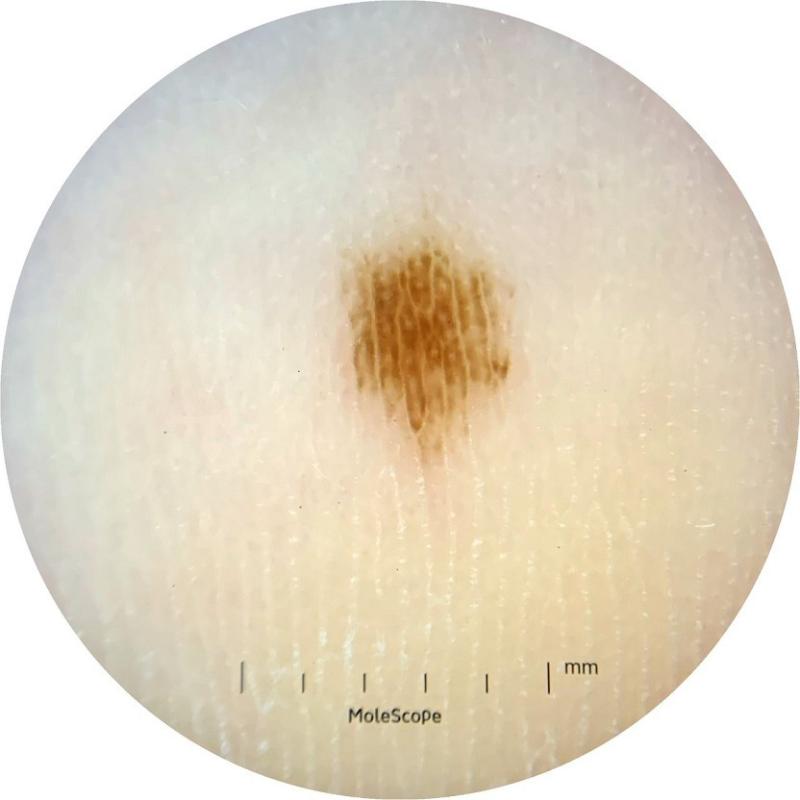
I am going to leave you with the most important statistic of them all. The 5 year survival rate for melanoma in situ (early melanoma) is 98.5%. This emphasises the significant difference early detection can make, and fortunately, this is the group I find myself in.
To all of the running community, I hope that by sharing my experience it prompts some of you to go and get that skin check you may have been putting off, or think more carefully about ways you can reduce your risk when you go out for your next run.


